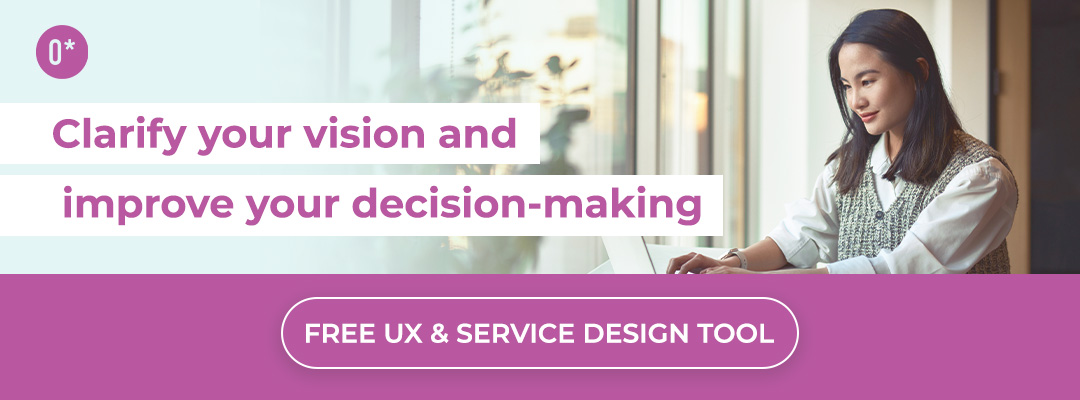Over the past few months, the business world has had to pivot in a big way. For many organizations, this has involved suddenly moving an entire workforce from working in-person to collaborating remotely. IT departments–with dreams of transitioning their organizations to a digital-first mindset over the course of 3 to 5 years–were forced to do so overnight. In some ways, this has been great. Companies are realizing that employees can be more productive at home, they aren’t losing time commuting, costs can be kept down, and tech powerhouses like Shopify are even planning to move their entire workforce remotely on a permanent basis.
Yet, rapid change can create unforeseen challenges and headaches.
A recent survey by the Harvard Business Review revealed that common obstacles in digital transformation include: not having the right tools or software in place to work remotely, lack of accessibility to digital collaboration tools or shared drives, slow VPNs, unreliable WiFi, and many more. As well, McKinsey reported that less than 30% of major business transformations succeed, and this number was even lower for digital transformation. In the same report, McKinsey found that small business digital transformations (with fewer than 100 employees) were nearly three times more likely to succeed than those for very large companies. And the constraints placed on large and small-scale businesses by the global pandemic are not likely to end anytime soon. Work forces will remain at least partially (if not entirely) remote for the foreseeable future.
Human-centered design approaches to digital transformation can help. Here are four key elements of transformation that your business may have missed as a result of rapid change, and human-centered strategies to overcome them.
-
Your organization lacks a clear vision and roadmap for how it will continue to excel in a digital world.
It’s likely that you and your team didn’t have time to set a proper vision for your digital transformation when COVID-19 hit. You were probably “putting out fires”––scrambling to quickly get tools and processes in place so you could continue to operate and serve customers. Now that your team’s had a few months to adjust, schedule time to meet with your senior executives and really envision the future state for your organization. We recommend conducting a co-visioning workshop and imagining the organization in 10 years, 3 years, and one year from now. This will ensure that your business strategy and FUTURE VISION are the driving forces behind your technology decisions (instead of technology dictating organizational choices). Once you’ve created this vision with your executive team, build a roadmap that outlines the initiatives you’ll need to accomplish and what you’ll need to invest in, and then assign ownership. Clearly indicate to your team exactly what each of their responsibilities will be.
2. You lacked the right “change mindset” before the pandemic hit.
Everyone––whether they were digital-friendly or not––was forced to get comfortable and LEARN when COVID-19 closed office doors. Employees downloaded new software tools, began video conferencing, updated their operating systems, finally started using the company Intranet portal, and much more.
But simply learning to use new tools does not necessarily mean everyone has the right mindset for working at peak performance in a highly digital environment.
It doesn’t mean they are finding the best ways to share ideas and collaborate, and employees may still feel like they do not have space to contribute new ideas and innovate. If you had a negative or unhealthy office culture before you went digital, it’s likely that those challenges still exist––although they might be presenting themselves differently.
Employees may also feel as though change is just “happening” to them, which can create fear and a lack of trust. This is where the “people”-side of transformation can be addressed with human-centered research and design thinking. By understanding how your team works (insights you can glean by conducting some internal user research), you can uncover areas that are inefficient and painful, and where collaboration is missing. By asking your employees about their workflows and letting them know their opinions matter, you’ll empower them to embrace (rather than fear) change and transformation!
To really succeed in this process, your organization must:
-
Encourage cross-departmental/functional collaboration,
-
Encourage experimentation, create safe places to propose ideas, and fail (e.g. through rapid prototyping sessions and co-design workshops), and
-
Empower employees to create the future state and challenge the status quo/the current ways of doing things.
3. Your teams are working in silos more than before and/or technology has worsened isolation and widened the gap between teams.
At the office, it’s easy to walk over to someone’s desk and ask them a question, or randomly overhear a conversation about XYZ and add in your two cents at lunch. There is a lot more opportunity for cross-departmental collaboration. In a remote work environment, you may have higher productivity rates, but it is likely that your employees are only working within their own teams. There can be less opportunity for the cross-pollination of ideas––which is, by the way, key for fostering innovation!
Here are a few ways to overcome this:
-
Invest in collaboration tools like MURAL or Miro, which enable better brainstorming and sticky-note collaboration.
-
Improve communication and transparency so that teams know what other departments are working on. Provide an online space for teams to contribute thoughts and ideas (this could take place through your Intranet platform, for example), or hold a virtual town hall meeting. Ensure cross-departmental meetings are frequent (at least once per month) so that shared information is up-to-date.
4. Your organization has not adapted to an agile approach to developing new products and/or services.
You may still be thinking about your products and services in the same way that you did pre-COVID-19, but in a digital world, customer expectations are HIGH. Your organization will need to shift from being product-focused to being “customer-centric.”
This means conducting user/customer research, and reaching out to users and customers to gather feedback and better understand their needs and motivations (use our Plan A Stellar User Interview Workbook to get started!) With those insights in hand, you need to get employees thinking in an “agile” way: testing ideas, prototyping, and iterating quickly–a key component of user experience (UX) design. Workflows, service delivery, and technology will only continue to change (and rapidly)––so if you aren’t more “agile” in how you develop your products and services, you risk becoming obsolete.
How can you adopt an agile approach? Get ideas out to market more quickly, gather user feedback, and iterate. Work on minimum viable products (MVPs) to get your ideas out there, and conduct A/B testing. In the digital world, product delivery and service design does not have to be perfect the first time. Lean towards getting your products/services out there quickly and refine them as you go!
View this post on Instagram
Overwhelmed? Need some assistance undertaking this process? We’ll teach your team how to approach this often overlooked “people” side of digital transformation, giving you the tools, knowledge, and confidence to keep going!
Contact us today to set up a one-day (virtual) Human-Centered Digital Transformation team training with Sara Fortier (CEO of Outwitly) and Angela Burton (Change Management Professional).
Resources we like…
-
Outwitly’s Building a Lasting Vision with North Star Principles ebook
-
Fantastic article in HBR about digital transformation and new technology
-
In-depth report by McKinsey all about business transformation
Related Posts





